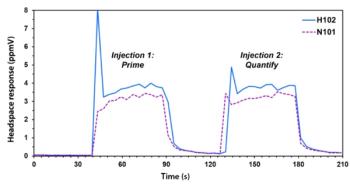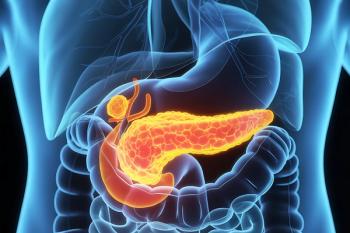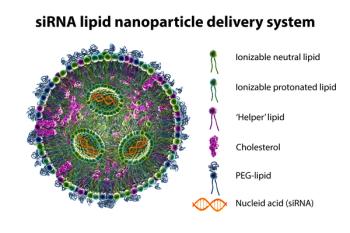
Chicago, Illinois School Receives Pittcon 2007 Science Education Award Money to Help Purchase Scientific Equipment to Implement Innovative Science Curricula
The Pittsburgh Conference announced today that the Science Week Committee has selected the science department at the Nancy B. Jefferson Alternative High School as the recipient of the Pittcon 2007 Science Education Award which will be presented at McCormick Place, Chicago, IL, on January 5, 2007.
The Pittsburgh Conference announced today that the Science Week Committee has selected the science department at the Nancy B. Jefferson Alternative High School as the recipient of the Pittcon 2007 Science Education Award which will be presented at McCormick Place, Chicago, IL, on January 5, 2007. The award, a $24,800 grant, will be used to purchase science education equipment to facilitate the implementation of innovative and creative methods to engage Jefferson students in science curricula. This annual award is granted for the best science education proposal submitted by an educational institution, business, or school district in the Pittcon host city region.
Illinois Science Teachers Association Chicago Director, J. Brent Hanchey stated, "Given the opportunity that Pittcon has provided to Jefferson School, we can finally acquire some of the necessary resources for our students to expound upon the interactive curriculum already in existence here at Jefferson. Our students have boundless potential which every Chicago Public School parent, student, and administrator will have the opportunity to observe thanks to the Pittcon Committee."
Pittcon 2007 President Beth Kirol, and Drs. Kerry W. Holzworth and James Bock, Pittcon 2007 Science Week Chair and Chair Elect, (respectively), will be on hand to present the Pittcon Science Education Award. Additional grants to support scientific education at the elementary, middle, and high school levels will be awarded at Pittcon 2007 during Science Week which runs February 24 to March 1, 2007. Science Week is an educational outreach program, sponsored by Pittcon and conducted during the annual conference. The week long program includes educational programs, demonstrations, lectures, and workshops for local science teachers and students. More information about Pittcon 2007, Pittcon Science Education Awards, and Science Week can be found at www.pittcon.org.
Newsletter
Join the global community of analytical scientists who trust LCGC for insights on the latest techniques, trends, and expert solutions in chromatography.





